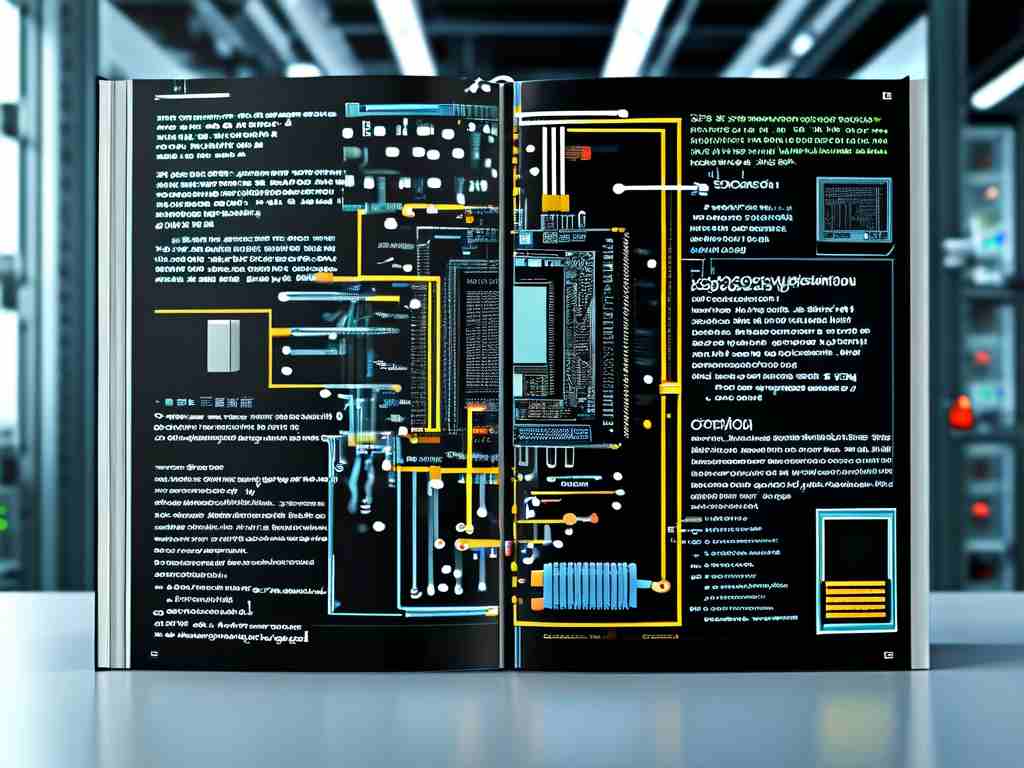In the evolving landscape of digital communication, "Computer Network Application Fundamentals" edited by Zhang Jianzhong emerges as a pivotal resource for understanding core networking principles. This comprehensive textbook bridges theoretical concepts with practical implementations, offering readers a structured pathway to grasp modern network architectures.

The book begins by demystifying the OSI and TCP/IP models, emphasizing their role in standardizing communication protocols. Unlike many technical manuals that overwhelm beginners with jargon, Zhang's approach breaks down complex topics like packet switching and routing algorithms into digestible segments. A standout feature is its hands-on exercises using Wireshark for traffic analysis—a tool widely adopted in industry settings. For instance, Chapter 4 provides step-by-step instructions to capture HTTP requests, enabling learners to visualize how data traverses networks.
One innovative aspect lies in its coverage of emerging technologies. While traditional textbooks focus on wired networks, this edition dedicates two chapters to wireless and IoT infrastructures. It explores LoRaWAN deployments in smart cities, illustrating how low-power wide-area networks optimize resource management. Such case studies align with current industry trends, making the content relevant for both students and professionals.
Security receives meticulous attention, with detailed discussions on firewall configurations and intrusion detection systems. The author avoids generic advice, instead presenting scenario-based challenges. A notable example dissects a ransomware attack on a corporate LAN, demonstrating how proper VLAN segmentation could have mitigated data loss. These real-world applications reinforce theoretical knowledge while highlighting common vulnerabilities.
Pedagogically, the textbook excels through its modular design. Each chapter concludes with lab simulations using GNS3, allowing users to emulate network environments without physical hardware. This practical orientation addresses a gap in academic resources, which often prioritize theory over implementation. Educators will appreciate the companion website offering customizable quiz banks and topology diagrams for classroom use.
Critics might argue that the book's depth on IPv6 transition strategies exceeds introductory needs. However, this thoroughness proves advantageous given the gradual global shift from IPv4. By explaining dual-stack deployment techniques alongside NAT64 mechanisms, Zhang prepares readers for long-term industry adaptations rather than obsolete practices.
Comparative analysis with similar titles reveals distinct strengths. While "Networking Essentials" by Jeffrey Beasley covers broader topics, Zhang’s work delves deeper into application-layer protocols like MQTT and CoAP—critical for IoT developers. Additionally, the inclusion of Python scripting for network automation (Chapter 11) reflects modern DevOps requirements, a feature absent in many foundational texts.
Some readers may find the mathematical models in QoS (Quality of Service) sections challenging. Equations describing bandwidth allocation and latency thresholds, though academically rigorous, could benefit from supplemental video tutorials. Nevertheless, these segments remain invaluable for engineering students specializing in network optimization.
The final chapters explore cloud networking and SDN (Software-Defined Networking), areas reshaping enterprise IT infrastructures. Through Azure Virtual Network case studies, the text demonstrates hybrid cloud configurations—a skill highly sought in cloud certification programs. This forward-looking content ensures the book’s longevity despite rapidly changing technologies.
In , Zhang Jianzhong’s work stands as more than a textbook; it’s a career investment for aspiring network engineers. By balancing foundational knowledge with cutting-edge applications, it cultivates both competency and adaptability—traits essential in the dynamic field of computer networking. Institutions seeking to modernize their IT curricula will find this an indispensable resource.









